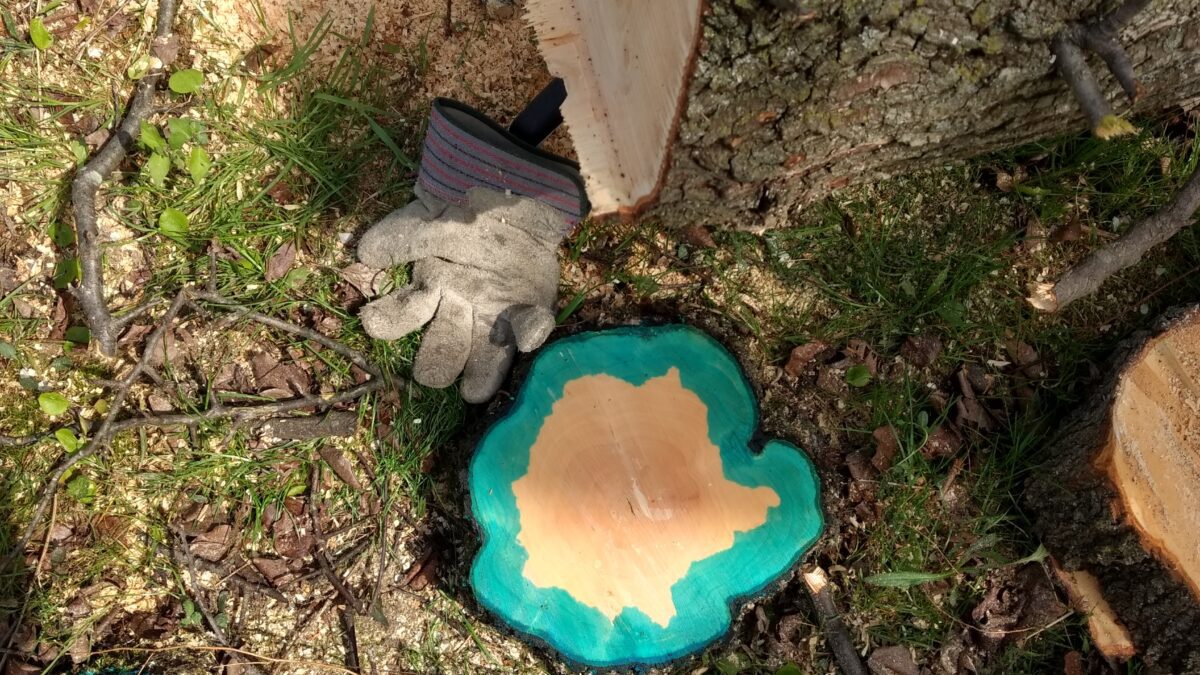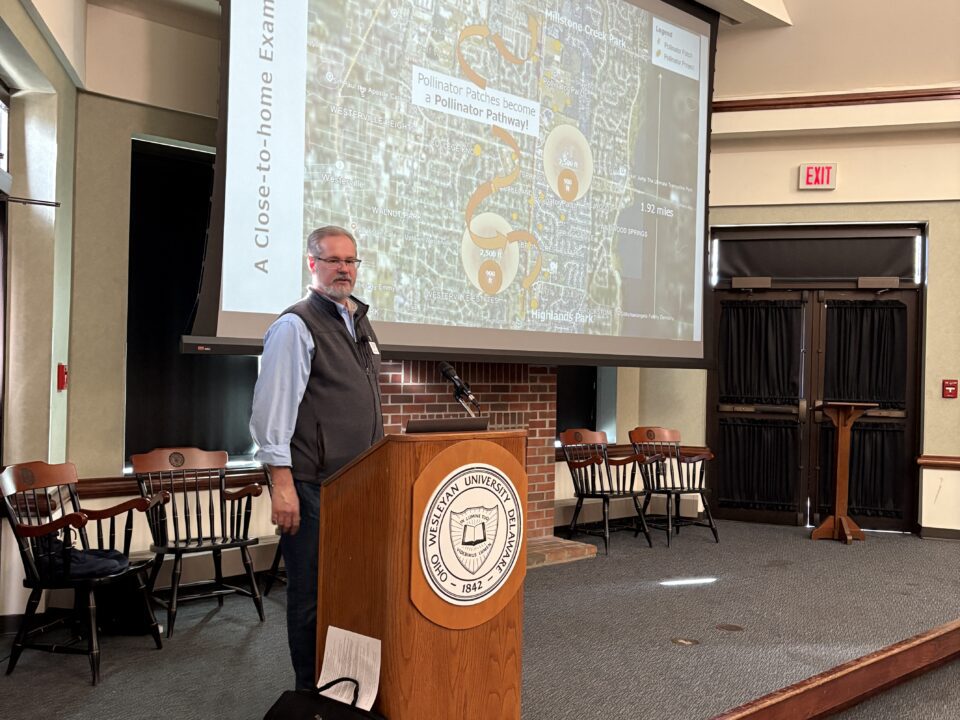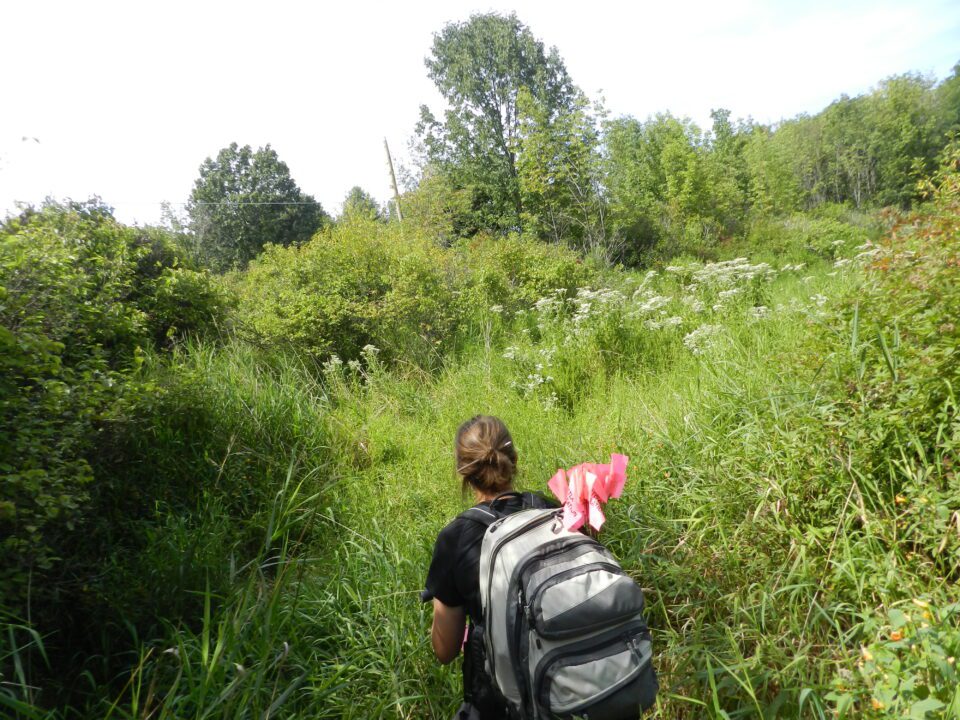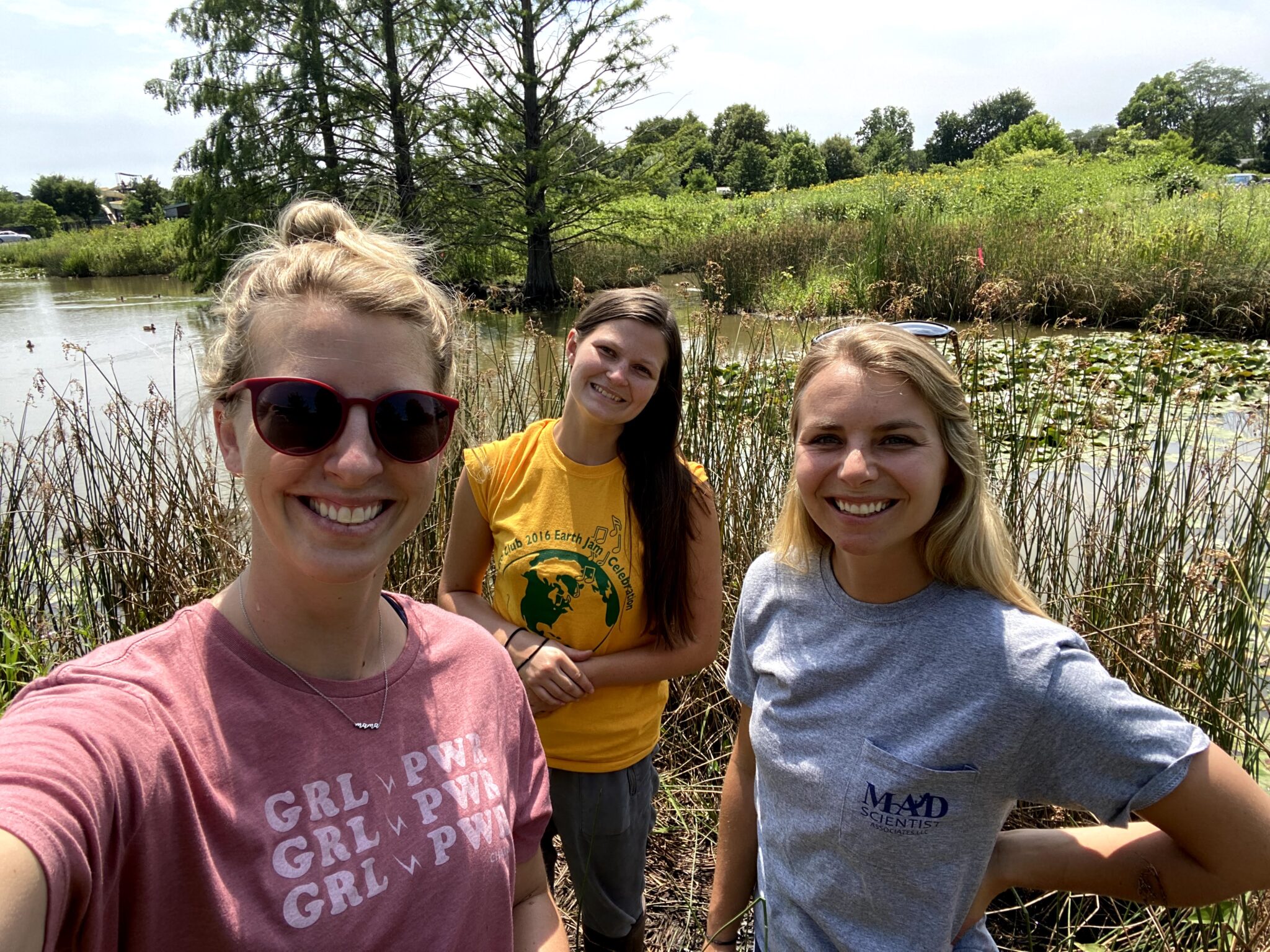
Green “Girls” in STEM
January 7, 2022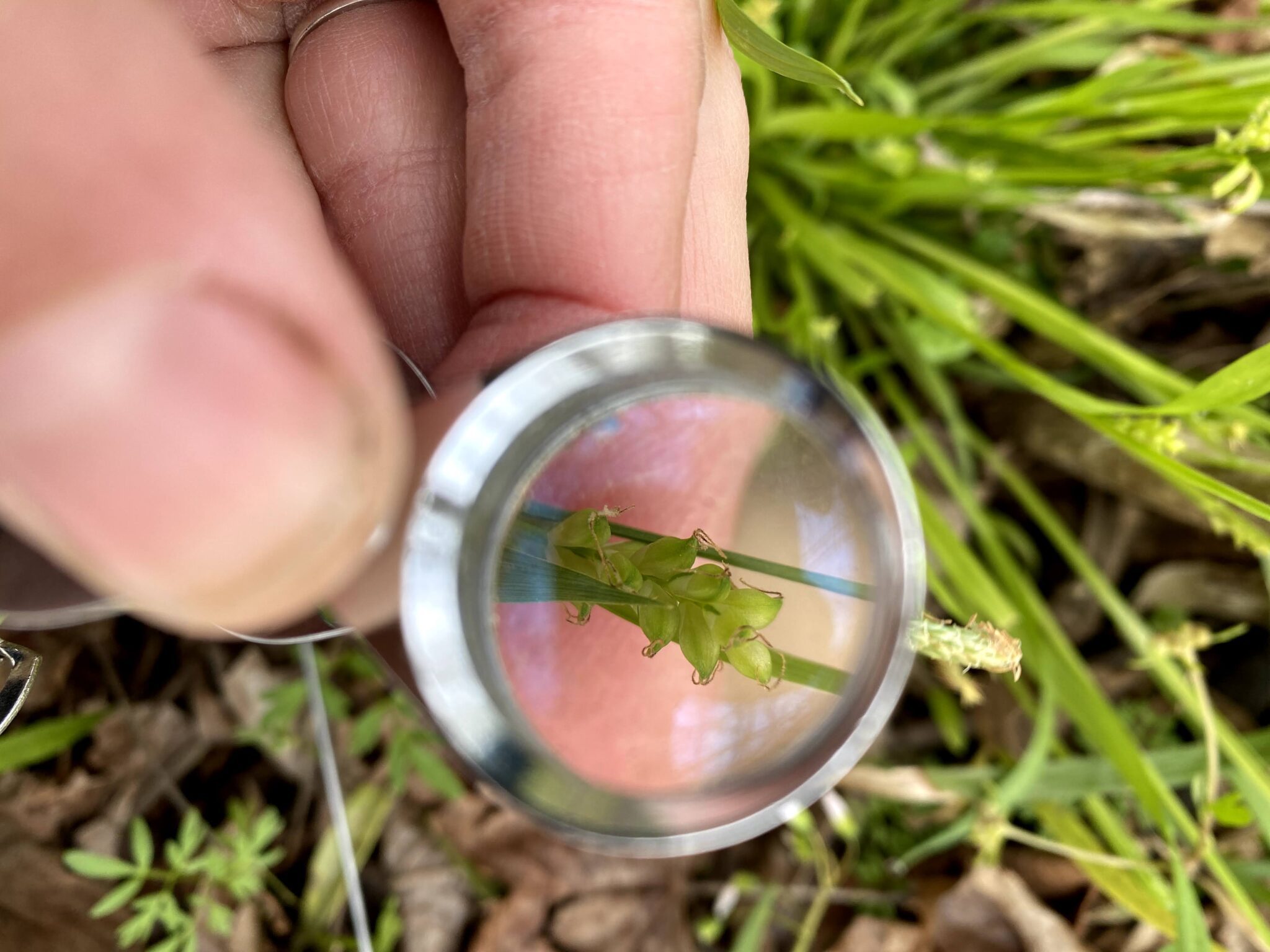
Botanical Adventures- Floristic Quality Assessment in Hamilton County, Ohio
January 7, 2022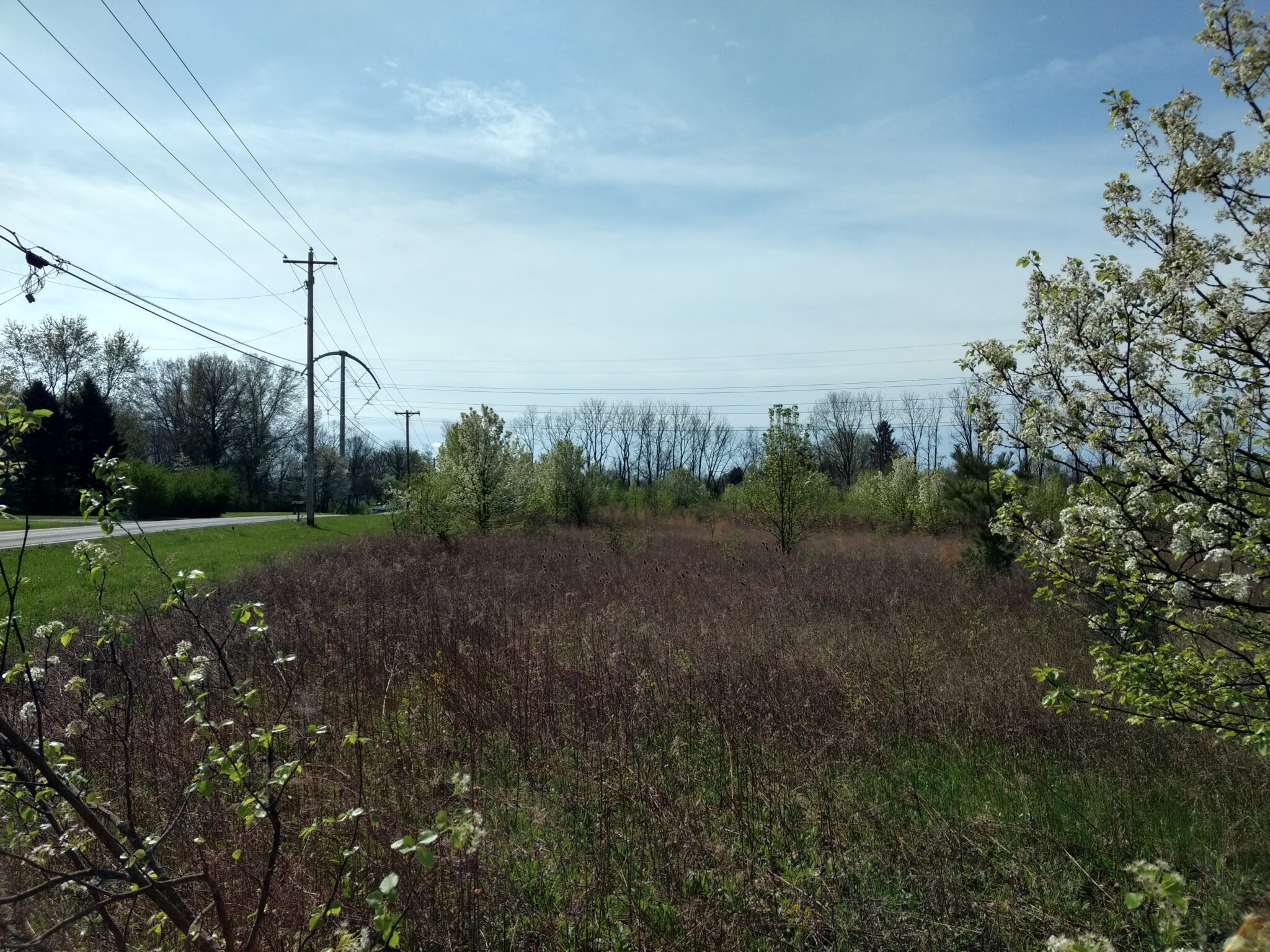
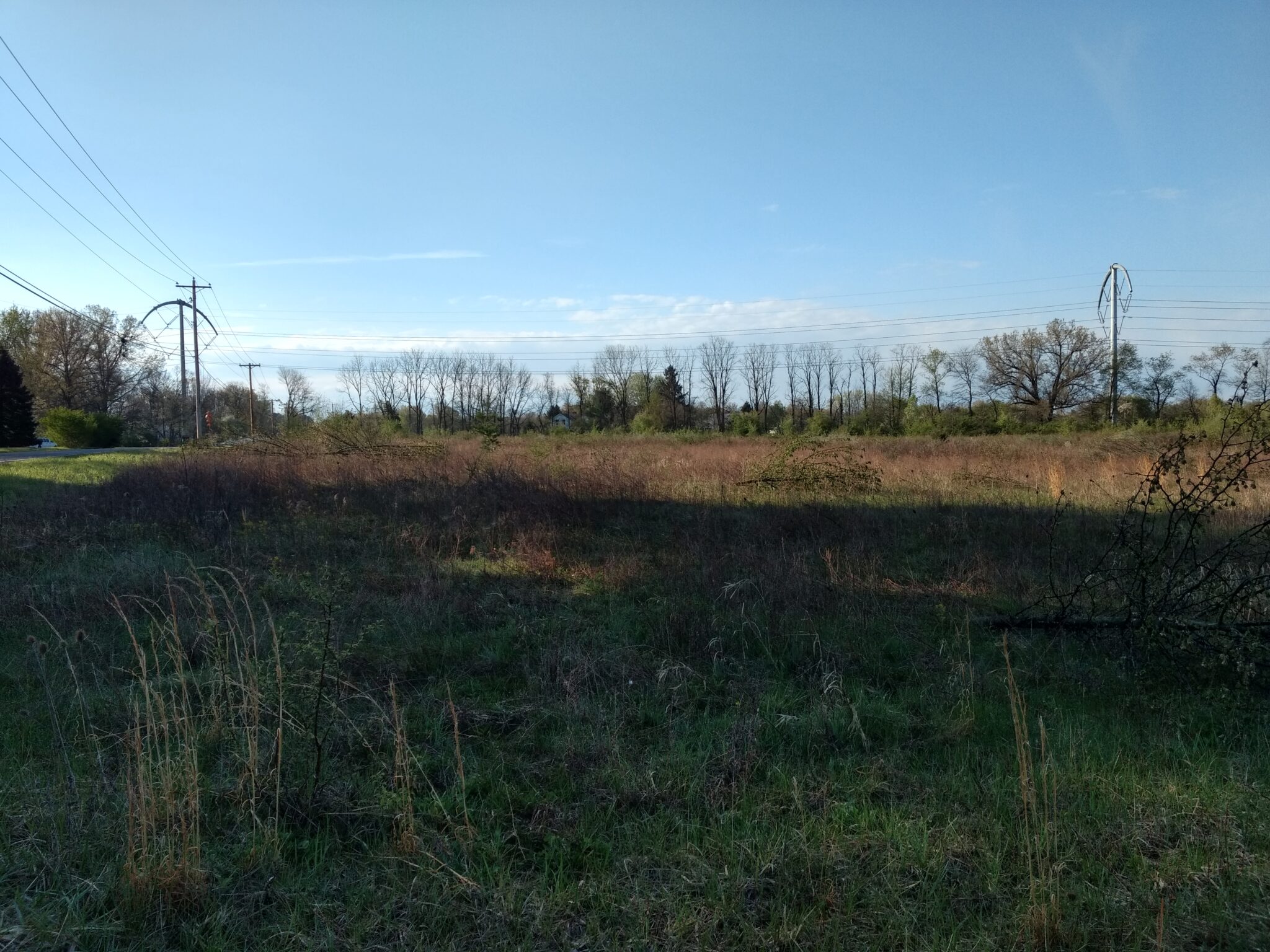
Between April 14 and November 4, 2021, our skilled team of technicians removed woody invasive species on a roughly 45-acre area within Rocky Fork Metro Park. Targeted species included Callery Pear (Pyrus calleryana), Autumn Olive (Elaeagnus umbellata), Bush Honeysuckle (Lonicera maackii), Multiflora Rose (Rosa multiflora), Privet (Ligustrum spp.), and Tree-of-Heaven (Ailanthus altissima).
Initial site management was completed in the spring using a cut-stump method to fell the largest trees and shrubs in the project area. Chainsaws were utilized for larger specimens, and a brush-cutter was employed to efficiently raze small and medium sized vegetation in dense clumps. Cut stems were treated using a mix of the aquatic-approved triclopyr product, Garlon 3A, as well as an aquatic-safe, non-ionic surfactant and blue tracker dye. This herbicide mix was applied with customized daubers designed to prevent impacts to non-target species.
A follow-up treatment phase took place in the fall of 2021. The team moved across the site in transects, spraying new seedlings, re-growth from previously treated stumps, and any additional invasives that were missed during the initial treatment. The same Garlon 3A triclopyr product was used for foliar spray with a non-ionic, aquatic-safe surfactant. During this phase, target pests that were too large for foliar spraying were documented and marked for cut-stump treatment.
Final management efforts for the season took place in November. MAD technicians again utilized chainsaws and herbicide daubers (with the same cut-stump herbicide mixture as before) to complete this invasive species management (ISM) project.
Managing invasive species through the utilization of multiple eradication methods is key to conserving natural habitats and native biodiversity. If left unchecked, these aggressive invaders quickly crowd into the ecosystem, out-compete native flora, and create thick monocultures.



